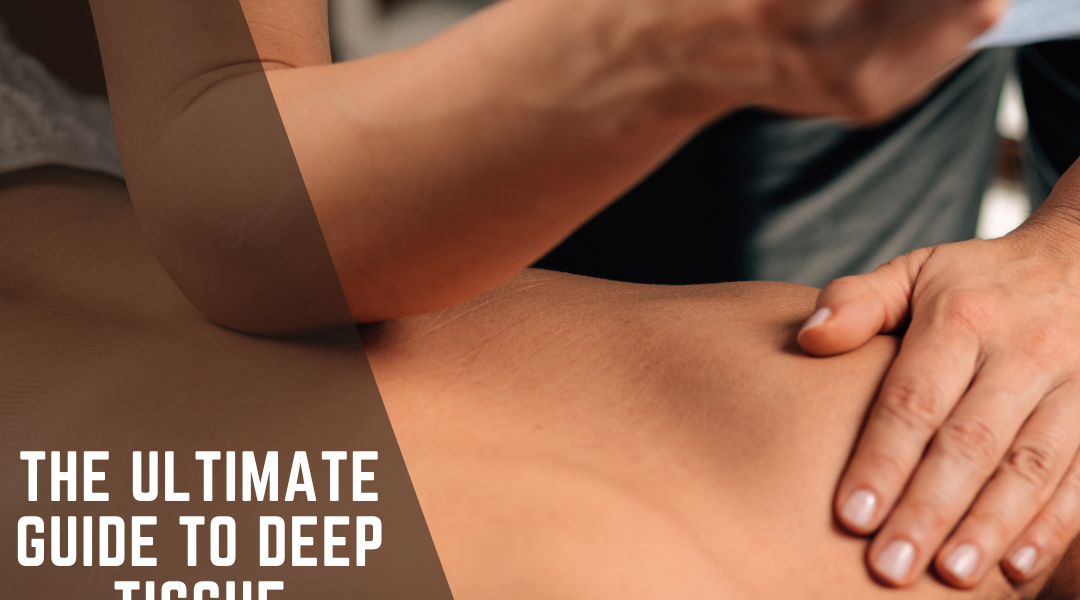As an Amazon Associate, I earn from qualifying purchases.

Deep tissue massage is a therapy that focuses on realigning deeper layers of muscles and connective tissue. It is a popular massage technique with various health benefits, such as reducing chronic pain, improving posture, and enhancing flexibility. This article will discuss what deep tissue massage is, how it works, and its benefits.
Massage Types: Deep Tissue vs. Swedish – Which is Right for You?(Opens in a new browser tab)
What is Deep Tissue Massage?
Deep tissue massage is a therapeutic technique targeting the deeper layers of muscles and connective tissues. This massage technique is designed to break down adhesions (bands of painful, rigid tissue) and knots that can disrupt circulation and cause pain, inflammation, and limited movement.
How Does Deep Tissue Massage Work?
A massage therapist will use slow strokes and deep finger pressure on the targeted body areas during a deep tissue massage. The massage therapist may also use friction techniques to release adhesions and break up scar tissue. This massage technique can be intense and may cause some discomfort, but it is typically very effective in relieving chronic tension.
Benefits of Deep Tissue Massage
Deep tissue massage has many benefits for both the body and mind. Some of the most significant benefits include:
- Relieves chronic pain: Deep tissue massage can help relieve chronic pain in the neck, shoulders, and lower back areas.
- Improves posture: Deep tissue massage can help improve posture by releasing tension in the muscles that support the spine.
- Enhances flexibility: Deep tissue massage can improve flexibility and range of motion by breaking down scar tissue and adhesions.
- Reduces stress and anxiety: Deep tissue massage can help reduce stress and anxiety by promoting relaxation and reducing muscle tension.
Massage for Stress Relief: Improve Your Health with Our Guide(Opens in a new browser tab)
Techniques Used in Deep Tissue Massage
There are several techniques used in deep tissue massage, including:
- Stripping: A massage therapist uses deep, gliding pressure along the length of the muscle fibers.
- Friction: A massage therapist uses circular pressure with the fingers, thumbs, or elbows to release adhesions and realign tissue fibers.
- Trigger point therapy: A massage therapist applies pressure to specific points to relieve tension.
- Myofascial release: A massage therapist applies gentle pressure to the connective tissue to release tension and improve mobility.
In conclusion, deep tissue massage is an effective massage technique that can provide various health benefits for the body and mind. By targeting the deeper layers of muscles and connective tissue, deep-tissue massage can relieve chronic pain, improve posture, enhance flexibility, and reduce stress and anxiety. If you’re interested in experiencing the benefits of deep tissue massage, consult a qualified massage therapist who can provide you with the best treatment plan for your needs.
All of our students at Texas Massage Academy have extensive training in Deep Tissue Massage. If you are ready to book, call us at 325.646.4272, or book online at www.texasmassageacademy.com





